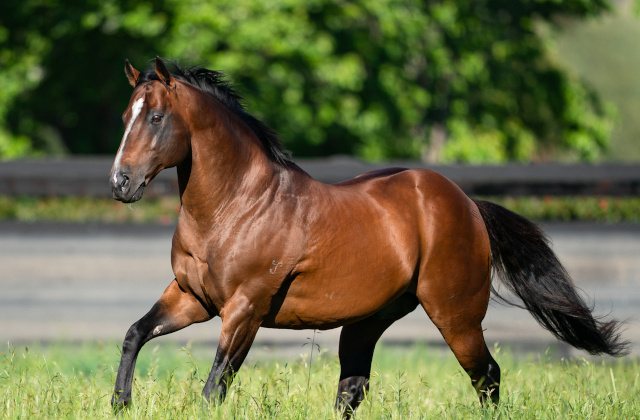Bickham proposal mines deep resistance
“If in doubt, don’t!”
So rang out the words of 18 year old Sarah Finlayson to a packed Council Chamber. Her challenge was directed at the members of the NSW Planning Assessment Commission (“PAC”) as the Public Hearing into the Bickham Coal Proposal got underway in Scone this week.
Given the sensitive location of the proposed Bickham mine – at the headwaters of the Pages River and Kingdon Ponds – in October 2009 the then Minister for Planning (Kristina Keneally) issued a Direction to PAC to advise on a number of issues including the water related risks of the Bickham Coal project. The PAC recommendations followed by the decisions made by the NSW Government will decide whether the Bickham mine should be allowed to proceed to a full merit assessment under Part 3A of the Environmental Planning and Assessment Act.
42 speakers addressed the Commission over the 2 days representing both sides of the debate.
At issue for the Commission in making its recommendations is any significant risk that the Bickham project entails.
Bickham Coal Company (‘BCC’) has long been a proponent of the economic benefits of its proposed mine and its ‘minimal impact’ on the local environment. Over the course of the 2 day Hearing however the full economic, environmental, social and community costs of the proposal were laid bare.
A panel of hydro geologists and an ecologist raised concerns over the gross inconsistencies within the Bickham Coal Company’s modeled data, with one expert questioning the practicality and indeed the applicability of BCC’s suggested remedial measures. Local landowners pointed to evidence of a decade of inconsistencies with Bickham data. A Wanaruah Local Aboriginal Land Council representative claimed inadequate consultation with requisite local groups, and Water Groups presented compelling data showing Bickham becoming the second largest water user in the region (second only to the township of Scone).
“This river is already over allocated, over-taxed and now a very thirsty drinking straw wishes to dip into it,” said broadcaster, writer and film-maker Philip Adams.
The Upper Hunter Shire is primarily an agricultural region that currently has no open cut coal mining operations. According to the Australian Bureau of Statistics, 726 agricultural businesses operated in the Upper Hunter in 2006. All these businesses – and the towns that support them – are reliant on the water that flows from the Pages River and Kingdon Ponds.
Within the Upper Hunter region, the Thoroughbred Horse Industry is, in economic terms, by far the most valuable agricultural industry, followed by a substantial beef cattle industry and significant cropping and dairy industries.
In 2006 the thoroughbred breeding and racing industry in Australia was assessed to contribute to more than $5 billion in value added to the national economy with investment of over $1 billion annually by breeders, owners and trainers. Significantly, the Hunter Valley produces approximately half of all thoroughbreds born annually in Australia.
“There is no amount of compromise, or future mine planning, that could compensate for the potential harm this mining project could cause our waterways, industry, jobs and region,” said Hunter Thoroughbred Breeders Association representative and the owner of Arrowfield – this country’s largest Australian owned thoroughbred stud – John Messara.
His words were echoed by Thoroughbred Auction House – Inglis – Director, Jonathan Darcy. “This is not a small farm with a few stray animals we are talking about,” he said. “This is a globally recognized industry that affect thousands of people.”
Local business owner Steve Guihot discussed the importance of supporting sustainable business practices within the region.
“We need to develop the Hunter but not at the expense of the Hunter,” Guihot concluded.
“We won’t be here to question the wisdom of the past,” said Patrice Newell. “Beef/wool/houses/horses are not necessarily better than coal but this is about protecting a [water] resource that cannot be repurchased or rebuilt if destroyed.”
In December 2009 the Upper Hunter Shire Council unanimously voted against the BCC Proposal and General Manager Darryl Dutton reiterated the Council’s feelings when he said that the potential costs seriously outweighed the potential benefits and concluded that “the Council does not believe that all the risks in this project have been catered for.”
Referring to the concentration of mining businesses in the Lower Hunter, Haydon Horse Stud owner Peter Haydon reflected “Muswellbrook streets should be lined with gold. Instead they’re lined with coal dust.”
Reinforcing his comments were statistics presented by Muswellbrook Mayor Martin Rush that demonstrated that despite the plethora of mines in the Muswellbrook Region, the town has actually slipped on the National Wealth Index relative to the Upper Hunter that supports no mining.
After exploring relevant planning principles and legal precedent, Sydney barrister Sandra Duggan (representing the Upper Hunter Progress Association) recommended that Bickham’s mining proposal not proceed to Merit Assessment.
“Has the proponent [BCC] done what it is supposed to do under the 2005 Guidelines?” Duggan challenged. “The spotlight of consideration has focused on this proposal for 10 years and still the proponent has been unable to meet the necessary requirements.”
“Does the guillotine come down today?”
The Planning Assessment Commission (“PAC”) Hearing will present its recommendations to the Minister for Planning by 30 April.


